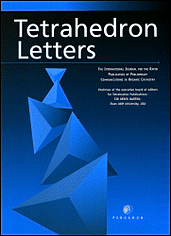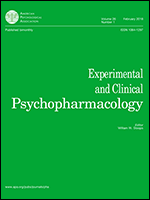
“Natural bicyclic sesquiterpenes, β-caryophyllene (BCP) and β-caryophyllene oxide (BCPO), are present in a large number of plants worldwide.
Both BCP and BCPO (BCP(O)) possess significant anticancer activities, affecting growth and proliferation of numerous cancer cells.
In addition, both compounds potentiate the classical drug efficacy by augmenting their concentrations inside the cells.
BCP is a phytocannabinoid with strong affinity to cannabinoid receptor type 2 (CB2 ), but not cannabinoid receptor type 1 (CB1 ). In opposite, BCP oxidation derivative, BCPO, does not exhibit CB1/2 binding, thus the mechanism of its action is not related to endocannabinoid system (ECS) machinery.
It is known that BCPO alters several key pathways for cancer development, such as mitogen-activated protein kinase (MAPK), PI3K/AKT/mTOR/S6K1 and STAT3 pathways. In addition, treatment with this compound reduces the expression of procancer genes/proteins, while increases the levels of those with proapoptotic properties.
The selective activation of CB2 may be considered a novel strategy in pain treatment, devoid of psychoactive side effects associated with CB1 stimulation. Thus, BCP as selective CB2 activator may be taken into account as potential natural analgesic drug.
Moreover, due to the fact that chronic pain is often an element of cancer disease, the double activity of BCP, anticancer and analgesic, as well as its beneficial influence on the efficacy of classical chemotherapeutics, is particularly valuable in oncology.
This review is focused on anticancer and analgesic activities of BCP and BCPO, the mechanisms of their actions, and potential therapeutic utility.”
https://www.ncbi.nlm.nih.gov/pubmed/27696789
“β-caryophyllene (BCP) is a common constitute of the essential oils of numerous spice, food plants and major component in Cannabis.” http://www.ncbi.nlm.nih.gov/pubmed/23138934









